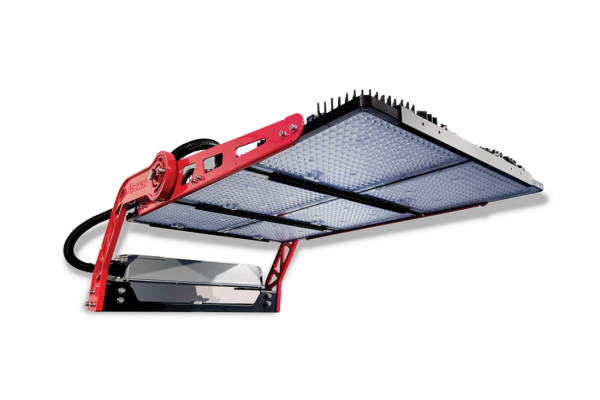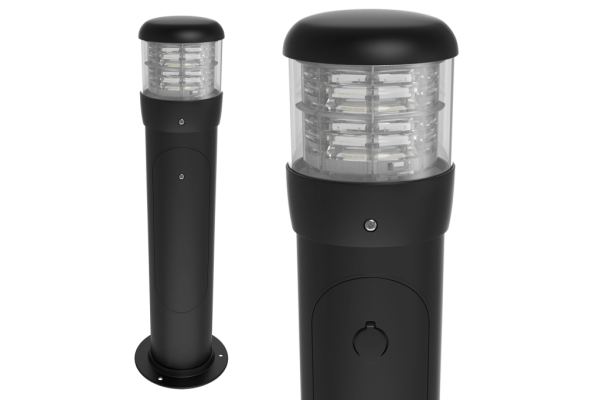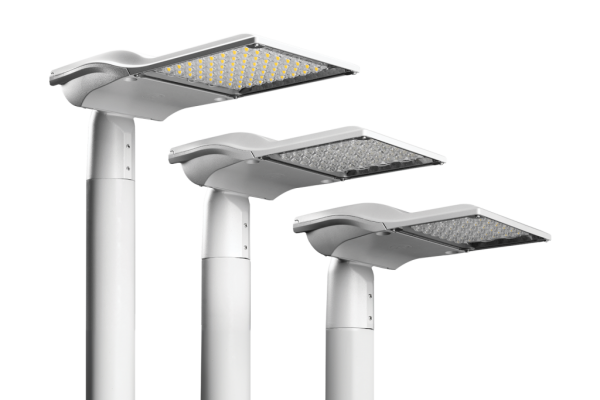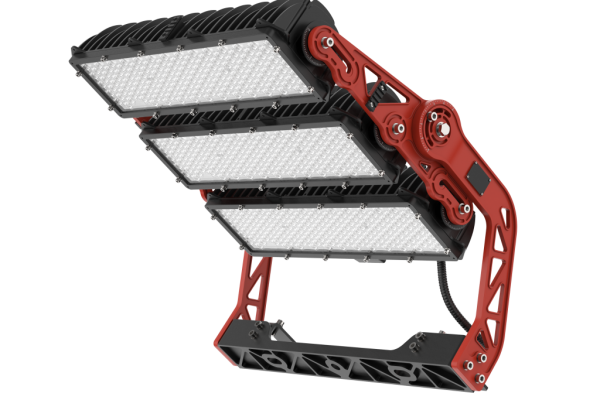Challenger 1 LED
The Challenger 1 LED by Abacus Lighting is a cutting-edge floodlight that combines exceptional performance with a sleek, modern design and low cost of ownership.
The stated life of LED luminaires can often be difficult to understand when you’re not used to seeing the abbreviations used. You may have seen an LED luminaires lifespan being shown something like this:
60,000 hours at L80B10 25°C
This is a standard that is used to show the lifespan of LED chips. If you’re not used to this terminology it can seem alien at first, however it can be broken down very easily:
Example 1: 60,000 hours at L80B10 25°C
90% of the LED units will maintain at least 80% of their original designed luminous flux for 60,000 when operating at 25°C
Example 2: 50,000 hours at L70B20 35°C
80% of the LED units will maintain at least 70% of their original designed luminous flux for 50,000 when operating at 35°C

The Challenger 1 LED by Abacus Lighting is a cutting-edge floodlight that combines exceptional performance with a sleek, modern design and low cost of ownership.

Check out Abacus Lighting’s Quartz Evo LED bollard, the next generation of bollard lighting. This bollard combines the trusted design of the LED Quartz with the latest advancements in optical and Glass-fibre Reinforced Polyester (GRP) technologies.

The EOS lantern offers an LED lighting solution suitable for both rail and road applications. It has a wide range of wattages, unit sizes, optics, and fitting options to choose from.

Key Features